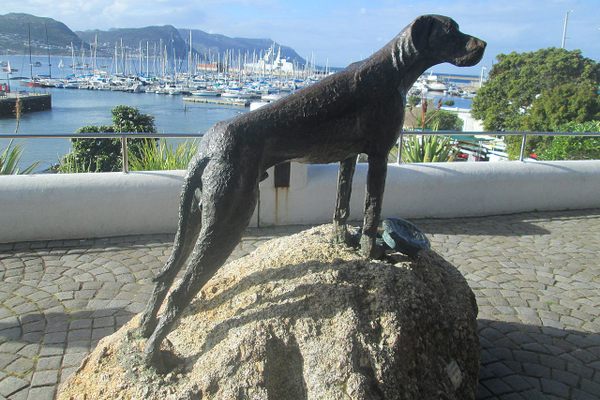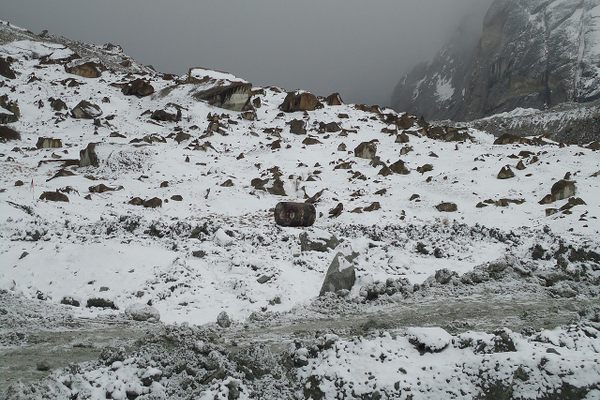The Bronze Soldier of Tallinn
This stoic bronze soldier stands as a symbol of Russian sacrifice or Soviet oppression, or maybe both.
A controversial monument to the fallen of World War II. A symbol of liberation. A symbol of oppression. The controversial Soldier of Tallinn has been many things to many different people.
The Bronze Soldier of Tallinn, nicknamed “Aljoscha” by the city’s Russian-speaking population, is a 6.5 foot tall monument dedicated to the memory of the soldiers of the Red Army who died in World War II. Now located in the Defense Forces Cemetery of Tallinn, it was unveiled in 1947, three years after Soviet forces reoccupied Estonia. While it was meant as a monument to brave Soviet soldiers, the statue became a divisive symbol of Soviet power in the country.
Estonia, one of the 15 republics forming the Soviet Union until officially regaining independence in 1991, proved a thorn in Moscow’s side, with informal armed resistance against Soviet rule lasting well into the 1950s and peaceful protests, a common occurrence in the late 1980s. It was in the three Baltic States (Lithuania, Latvia, and Estonia) that political opposition movements challenging Moscow were first established in the Soviet Union.
The monument once stood in central Tallinn but was moved to its current location in 2007. This was staunchly opposed by the country’s large Russian-speaking minority, with heavy riots taking place on April 26 and April 27. The existence of two conflicting cultures of remembrance in Estonia make the monument controversial. To the Russians of Estonia, the Red Army liberated a Soviet republic from the Nazis; to Estonians, the Red Army reoccupied and annexed a sovereign country again into the Soviet Union as they had already done in 1940, one year before the Nazi invasion.
The haunting stare of the Bronze Soldier of Tallinn exudes solemnity, but the statue embodies the conflicts regarding memory in much of the former Western periphery of the Soviet Union.
Know Before You Go
From the city center: Take bus 17A to Juhkentali and get off at the station by the same name.
Community Contributors
Added by
Edited by
The Atlas Obscura Podcast is Back!




















Follow us on Twitter to get the latest on the world's hidden wonders.
Like us on Facebook to get the latest on the world's hidden wonders.
Follow us on Twitter Like us on Facebook